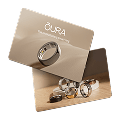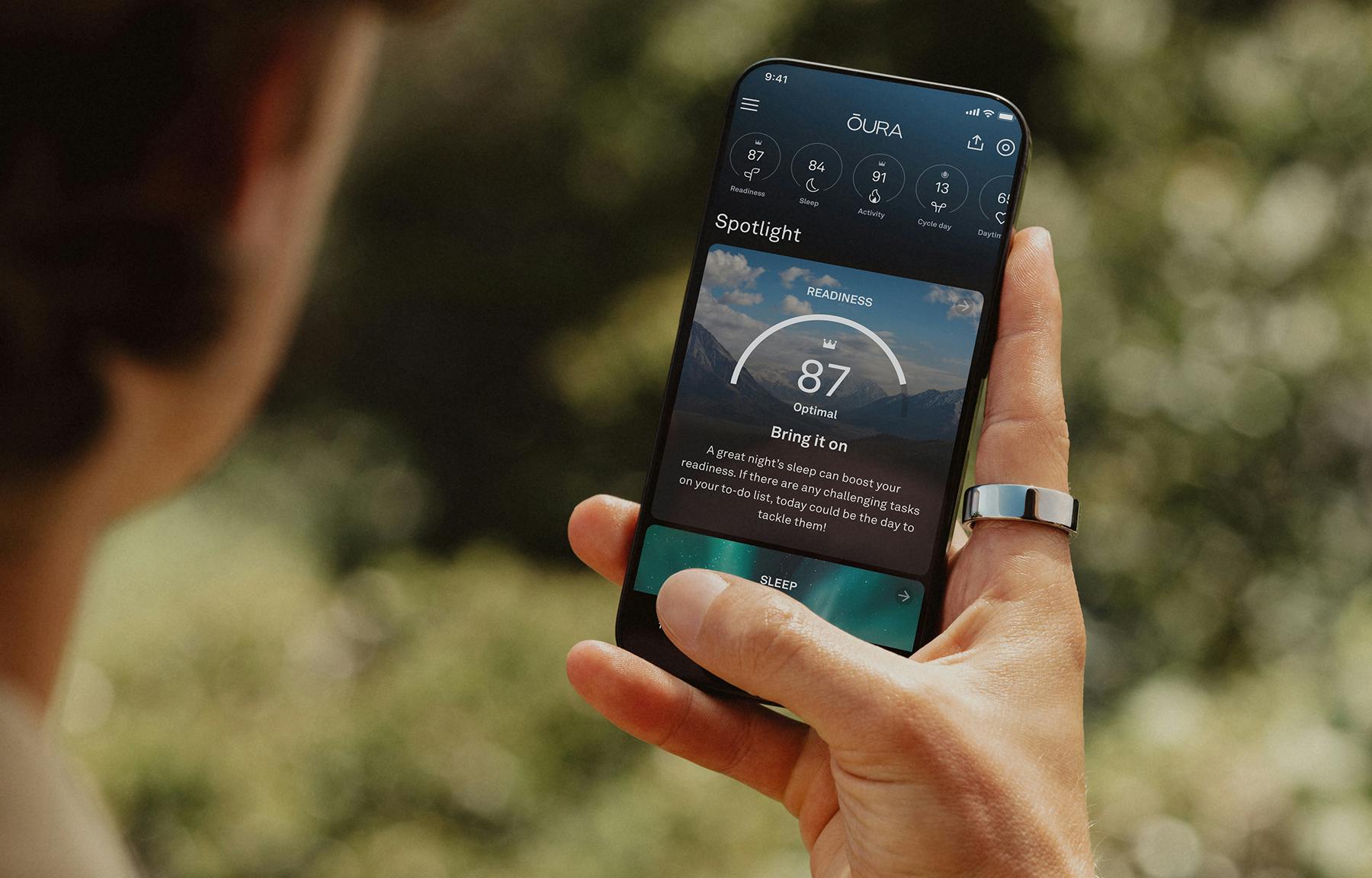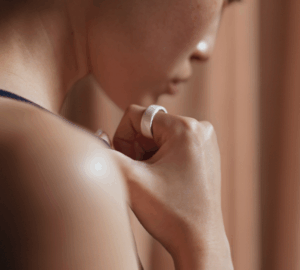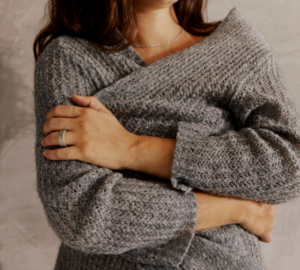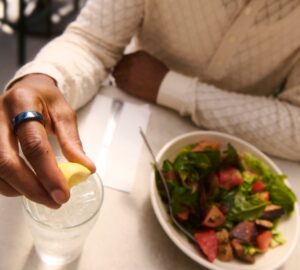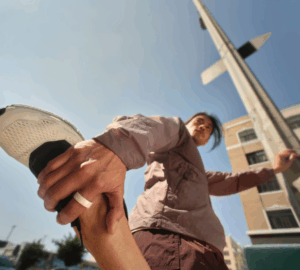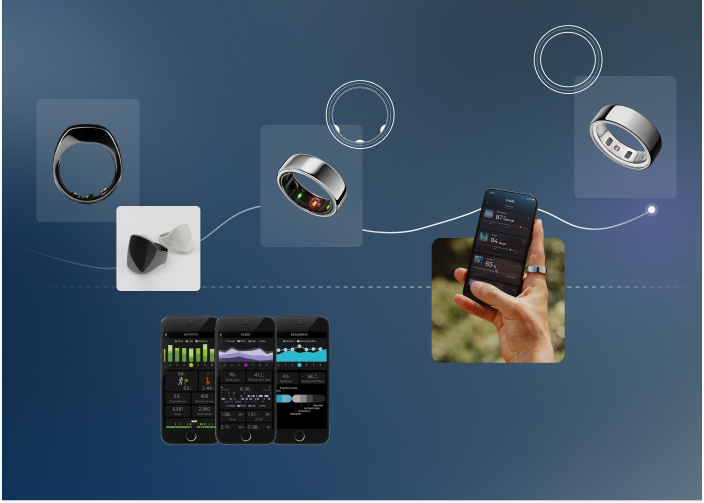The story of Oura Ring began in 2013 in Oulu, Finland, when a group of tech visionaries came together with a bold goal: to transform personal health and wellness using innovative wearable technology.
The founders recognized that sleep and recovery were cornerstones of overall health, yet few tools effectively measured these critical aspects of well-being. Inspired to fill this gap, they set out to create a device that combined precision, comfort, and actionable insights.
“Until now, there’s been no simple and comfortable way to know how your body recharges from the challenges of daily life,” co-founder Petteri Lahtela said. “This is why we created Oura.”
2013—2015: The Early Days
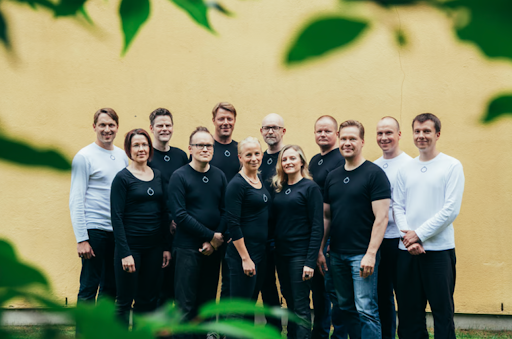
The original Oura founders—Lahtela, Kari Kivelä, and Markku Koskela—had extensive experience in product, engineering, and research and development at various companies in Oulu’s dynamic technology industry, including Polar and Nokia.
From the beginning, Oura set out to seamlessly blend science, technology, Nordic design, and comfort—with a small but mighty interdisciplinary team.
“The early days of Oura were marked with purpose and a ‘do-it-all’ entrepreneurial mindset,” recalls Marjut Uusitalo, a long-time employee and now Senior Director, Human Resources. Leveraging their own health data, early employees tested the product’s capabilities and built a foundation of credibility and innovation.
Cash flow was a significant challenge in the early days, with salaries sometimes delayed for months. “We lived off personal credit cards,” Uusitalo says, “but everyone showed up to work every day, driven by the vision to bring Oura Ring to the world.”
| Oura’s original name was Jouzen, based on joutsen, the Finnish word for swan—the country’s national bird. Zen was integrated to signify calm and balance. Plus, its phonetic similarity to the English word chosen was purposeful: Oura members have chosen to prioritize their health. Before going to market, the name was changed to Oura. |
2015: A Breakthrough Product
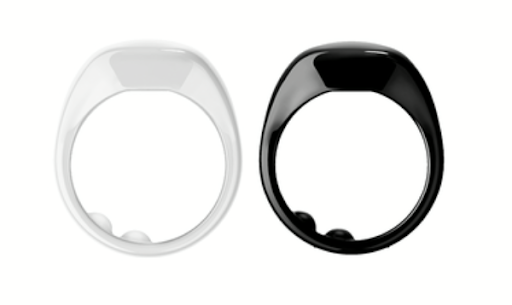
The first-generation Oura Ring launched in March 2015 at the San Francisco Launch Festival, which announced Oura to the world and established the brand’s credibility. As Lahtela said on stage: “We all know the charge level of our mobile phones, but do you know the charge level of your body?”
Oura Ring Gen1 was intended to provide the proof of concept for the market—a means to collect data to validate the science and hone the algorithms. The ring, available in glossy black and white, embodied the ethos of night and day, tech and science, human health, and recovery. This black-and-white dichotomy was also intended to symbolize the harsh contrast of Finland’s cold winters and sunny summers.
A Kickstarter campaign launched in August 2015, gaining traction among early adopters. The campaign was more successful than expected and achieved the $100,000 target in just 15 hours. The campaign lasted 37 days, during which about 2,400 pre-orders were collected—bringing in a total of $650,000 without public relations or paid advertising.
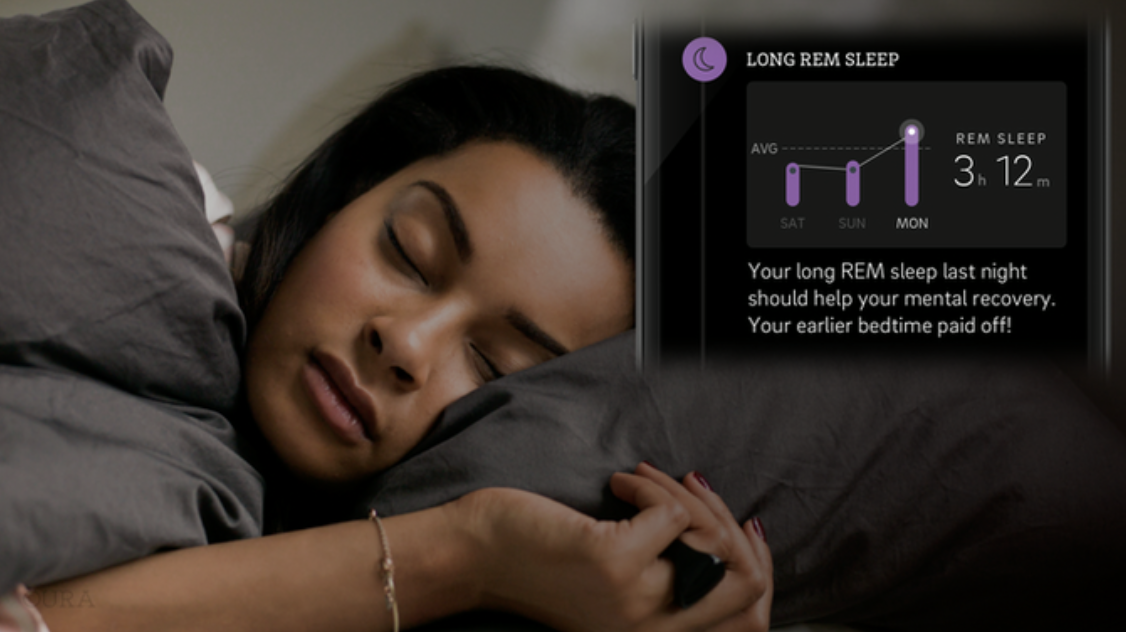
The value of Oura Ring Gen1 centered on its sleep-tracking capabilities with the tagline, “Improve Sleep. Perform Better.” In addition to detailed sleep data, the Oura App also featured insights into Readiness and Activity, showing how they are all interconnected: “[Oura] enables you to learn how your lifestyle choices affect your sleep, and how the quality of your sleep affects your ability to perform,” as the Kickstarter page read.
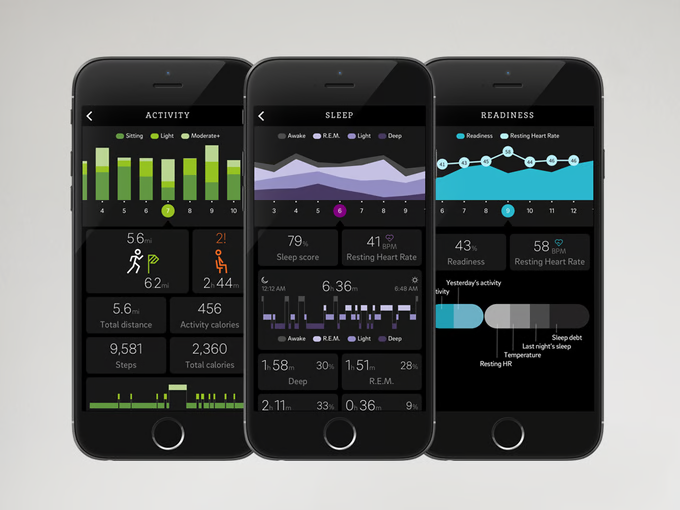
As Gen1 gained traction and recognition, the team was already hard at work on a sleeker, more advanced second-generation Oura Ring. However, they needed time to perfect the technology, especially battery size. Miniaturization required identifying specific partners and suppliers who could help build such a minute battery for the ring.
As work continued, Oura Ring received validation from a surprising source: the Stanford Research Institute (SRI). Without anyone at Oura knowing, SRI had purchased two rings from Kickstarter to study Oura’s performance compared to polysomnography, the gold-standard sleep lab measurement.
In the study, the researchers found that Oura Ring was the most accurate wearable device measuring sleep quality and sleep phases, making it the first independently validated wearable on the market. The study, published in March 2017, brought more positive attention to Oura and increased credibility with researchers, experts, clinicians, and everyday users.
2017—2018: Second Generation Launch
In November 2017, the second-generation Oura Ring debuted at Slush, an annual event in Helsinki, Finland, where European startups, world-class investors, and tech journalists converge. This marked a pivotal moment in Oura’s evolution.
Following the successful launch, sales of Oura Ring Gen2 soared to nearly 10,000 rings.
Throughout 2018, Oura reached about 50 employees, expanding into the United States and establishing a more formal management team. The addition of experienced professionals in marketing, sales, and product development helped Oura build its global presence. And by August 2019, people in more than 100 countries had purchased over 100,000 Gen2 rings.
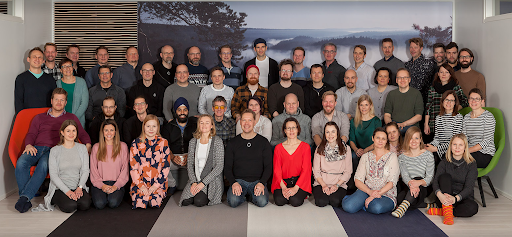
2020—2021: New Customers & Product Expansion
In 2020, the global COVID-19 pandemic brought Oura’s expertise into the limelight. Over 65,000 Oura users contributed their data in the name of science to the landmark UCSF Tempredict study. This study demonstrated the ability of Oura Ring to detect subtle changes in skin temperature, making it a valuable tool for early illness detection, including potential COVID-19 symptoms.
On the heels of this work, Oura started to expand into a new set of customers: enterprises. It launched its first enterprise product, Health Risk Management, and started selling this and other solutions to organizations ranging from hospital systems and banks to the Las Vegas Sands to sports leagues and teams like the NBA, WNBA, and Aston Martin Red Bull Racing.
In October 2021, Oura unveiled Oura Ring Gen3 in the Heritage style—the culmination of three years of hard work and development, half of which occurred during the pandemic.
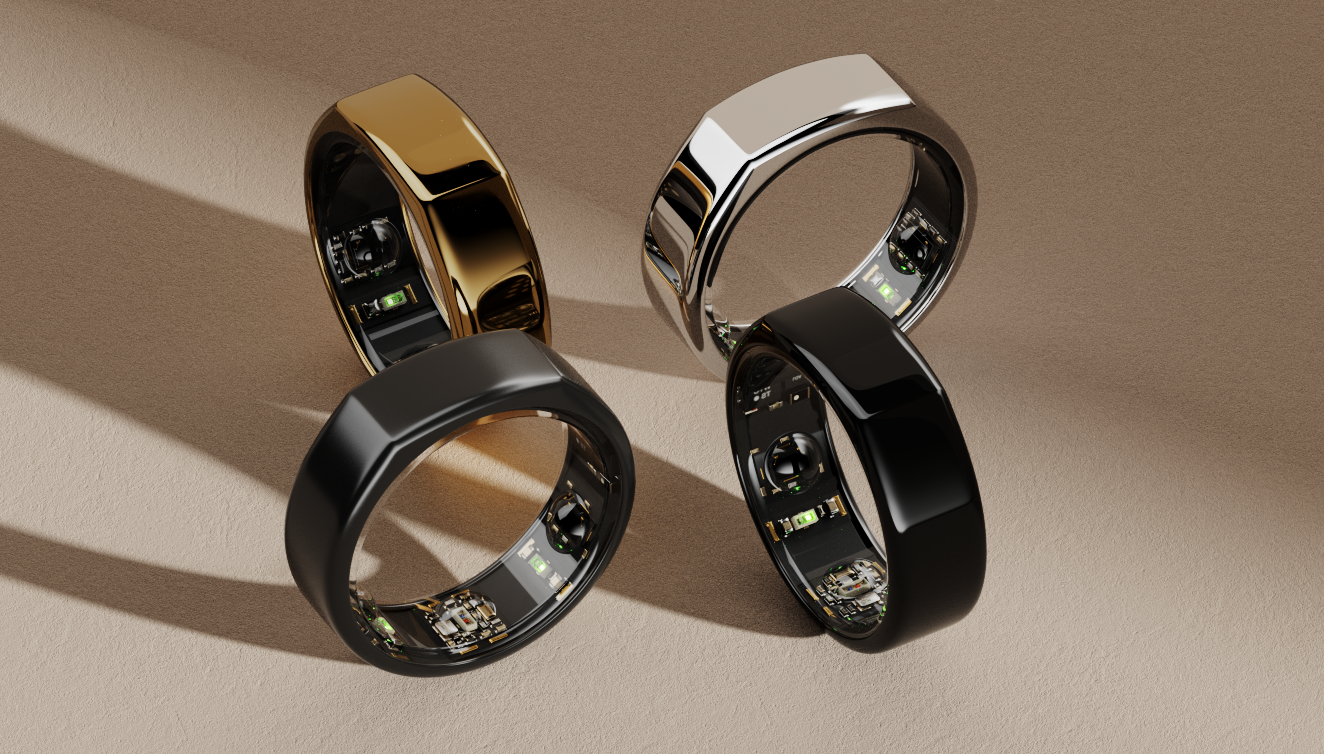
This new version featured hardware advancements and powerful new features, including the first feature designed specifically for women’s health: period prediction (now known as Cycle Insights).
Accompanying the launch of Oura Ring Gen3 were new and enhanced offerings around activity, movement, and heart rate including Automatic Activity Detection and Daytime Heart Rate. Other updates included improved temperature sensing, a more advanced sleep staging algorithm, and in-app audio content such as breathing exercises and meditation.
2022—2024: Major Milestones & Technology Advancements
In March 2022, Oura announced the exciting milestone of reaching one million rings sold—which had collectively tracked 2.5 billion hours of sleep.
Additional activity-related features rolled out in the summer of 2022, strengthening Oura’s position as not only a sleep tracker, but also an all-around health companion. These features included workout heart rate, personalized activity goals, and an integration with the popular fitness app, Strava.
In August, Oura announced its groundbreaking integration with Natural Cycles, the first FDA-cleared birth control app, which has helped hundreds of thousands of women have more control over their reproductive health.
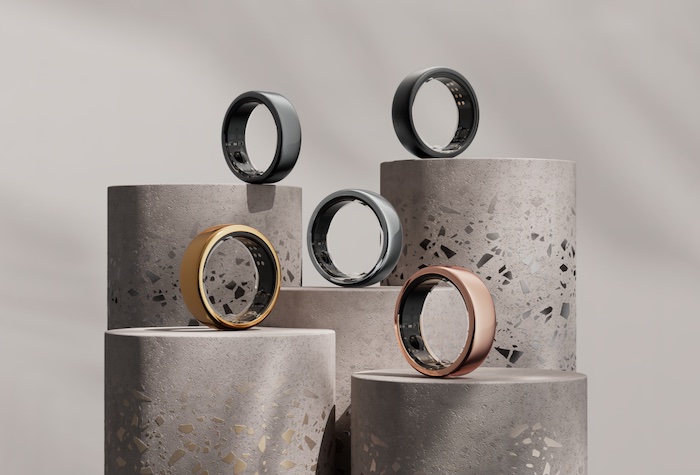
In September, Oura released a new Horizon style of the Oura Ring Gen3—a perfectly round, minimal design available in the original four finishes (Silver, Stealth, Black, and Gold), plus a new Rose Gold option. By the end of 2022, the Oura for Business solution debuted, enabling organizations to understand and improve the health and wellbeing of their people.
In April 2023, Oura entered its first US-based, large-scale retail partnership with Best Buy. In May of that year, Oura acquired Proxy, a startup known for its digital identity signal technology stored on mobile devices. Later that summer, Oura Ring became eligible for purchase or reimbursement with FSA/HSA funds.
Throughout 2023, Oura continued to explore advancements in health-sensing technology and introduced several new features. In May, chronotype and body clock features rolled out to members. In September, a new suite of women’s health features launched, collectively called Cycle Insights. October 2023 marked the debut of Daytime Stress, followed by Resilience in January 2024.
In May 2024, Oura announced two powerful new heart health features, Cardiovascular Age and Cardio Capacity (VO2 Max). This signaled the company’s foray into preventative health and the next evolution of Oura—from a best-in-class sleep tracker to a comprehensive health device and personal health companion.
In July 2024, Oura’s AI-powered Oura Advisor was released to Oura Labs, offering personalized guidance and insights to help members reach their health goals. This marked the latest step in Oura’s AI offerings, although AI and machine learning have been essential to powering Oura’s algorithms throughout its decade-long history. As of March 2025, Oura Advisor is now available to Oura Ring Gen3 and Oura Ring 4 members.
In 2024, Oura also expanded its retail footprint into both physical and digital storefronts worldwide, including Amazon, Best Buy, Target, John Lewis, Elkjop, and more. In September, Oura announced its acquisition of Veri, a personalized metabolic health company, and soon after, a partnership with Dexcom, the global leader in glucose biosensing.

In October 2024, Oura launched Oura Ring 4—the most personal smart ring yet. Offering expanded sizes and a more comfortable, sleeker fit, the latest generation of Oura Ring is built around Smart Sensing, a breakthrough technology that adapts to an individual’s unique physiology to deliver accurate, continuous data.
Oura also continued to expand its partner and enterprise customer base and offerings, including through the October 2024 acquisition of Sparta Science. By the end of the year, it had over 800 ecosystem partners.
2025 & Beyond
Today, Oura Ring has established itself as a global leader in wearable technology, with 750+ global employees and millions of members. The ring’s sleek design, backed by cutting-edge science, has garnered loyalty from professional athletes, wellness enthusiasts, and everyday individuals around the world.
Oura’s original mission to help people improve their sleep and performance has never wavered—though it has expanded and evolved. Now, Oura empowers people to make health a daily practice, offering data and insights into all areas of their wellbeing, including stress, heart health, activity, reproductive health, and more.
Looking to the future, Oura’s vision is to drive the transformation of healthcare—from primarily reactive care to proactive well-being care, both on the individual level and within the health system.
As Oura continues to innovate, its commitment to enhancing lives through technology remains steadfast, proving that a small wearable can create transformative changes.
READ MORE: Inside the Ring: The Making of Oura Ring 4



